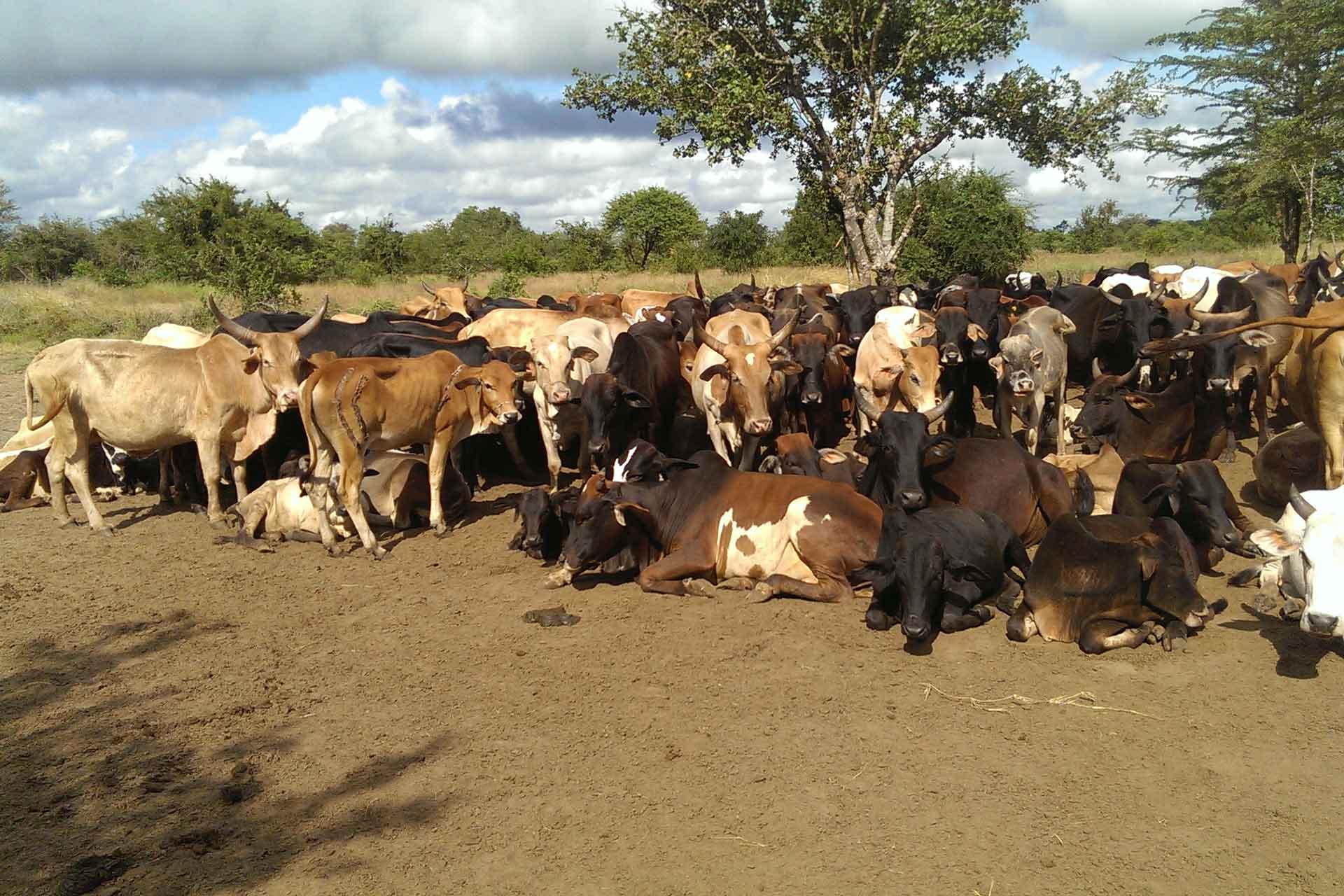Researchers from The Pirbright Institute have examined the genetic material of foot-and-mouth disease virus (FMDV) samples collected from eastern and southern Africa, and discovered two novel virus groups. These new groups, termed genotypes, will help scientists to understand the genetic variability of FMDV and identify the extent of viruses with potential to cause outbreaks in domestic animals.
FMD viruses are categorised into seven different groups called serotypes, out of which serotypes O, A and Southern African Territories (SAT) 1, SAT 2 and SAT 3 are currently circulating in Africa. While the novel genotypes detected in this study belong to the SAT serotypes, they have distinct genetic traits which are not shared with the other SAT viruses.
The new virus groups may be representative of FMD viruses that existed before the Great African Rinderpest Pandemic (GARP) in 1887-1897, where the rinderpest virus caused a mass die-out of cattle and African buffalo (animals in which FMD usually circulates). This in turn most likely led to the extinction of many FMDV strains circulating at that time and left only small pockets of FMDV maintained in buffalo populations which were geographically isolated from one another.
Scientists speculate that after the rinderpest pandemic was over, serotypes O and A were re-introduced into Africa from other continents due to importation of livestock, while SAT serotype viruses re-emerged from the clusters of African buffalo herds which survived the GARP. The novel strains identified in this study are thought to contain genetic signatures of these FMD viruses that existed before the GARP and which have not widely circulated after the mass die-out.
This research suggests that there might be more novel FMDV genotypes which remain un-sampled and should now be examined to help scientists to understand more about the viruses that are circulating which will ultimately aid the control of FMD.
This research was published in Viruses and supported by funding from UK Department for Environment, Food and Rural Affairs (Defra research project SE2943) and BBSRC research grant BB/K003801/1.
